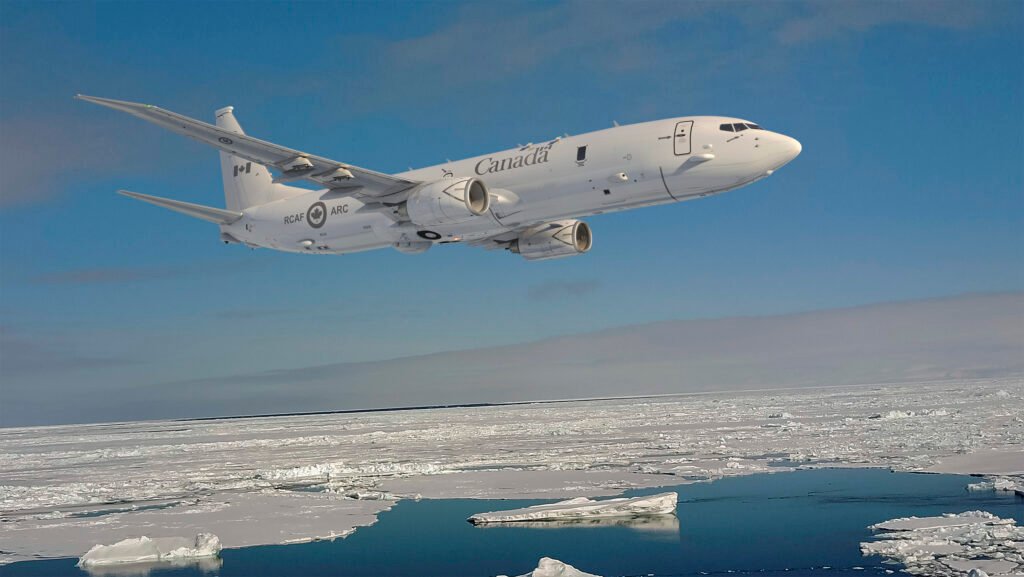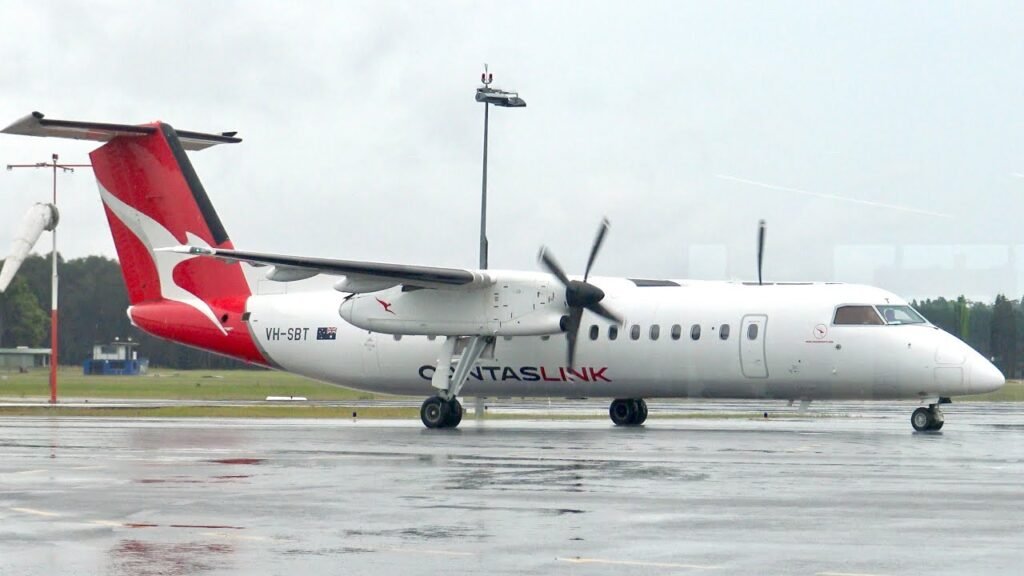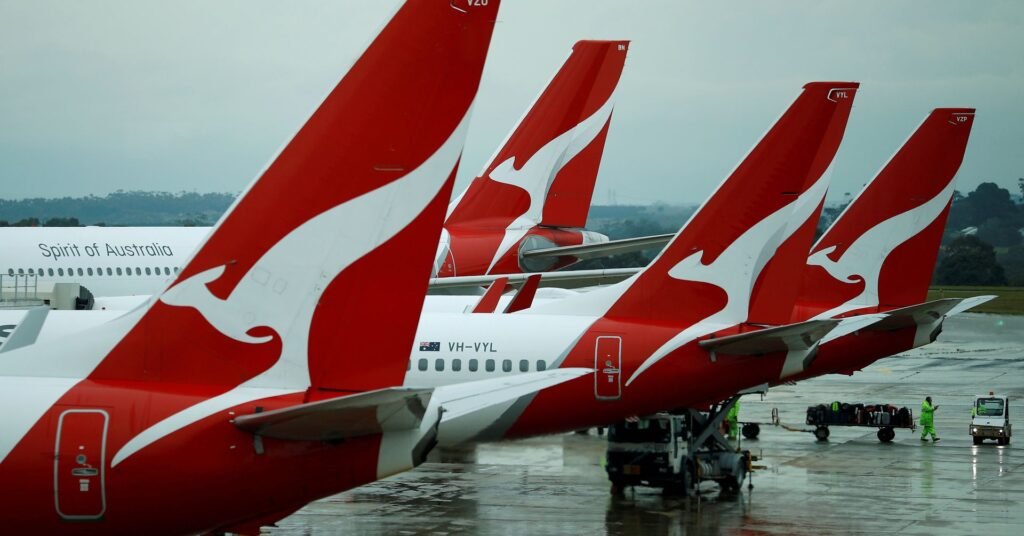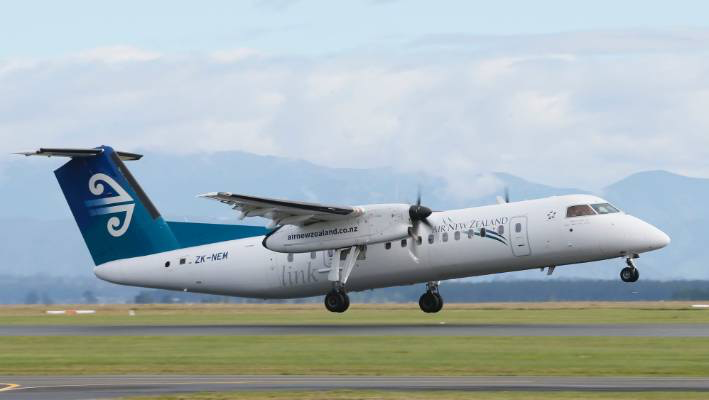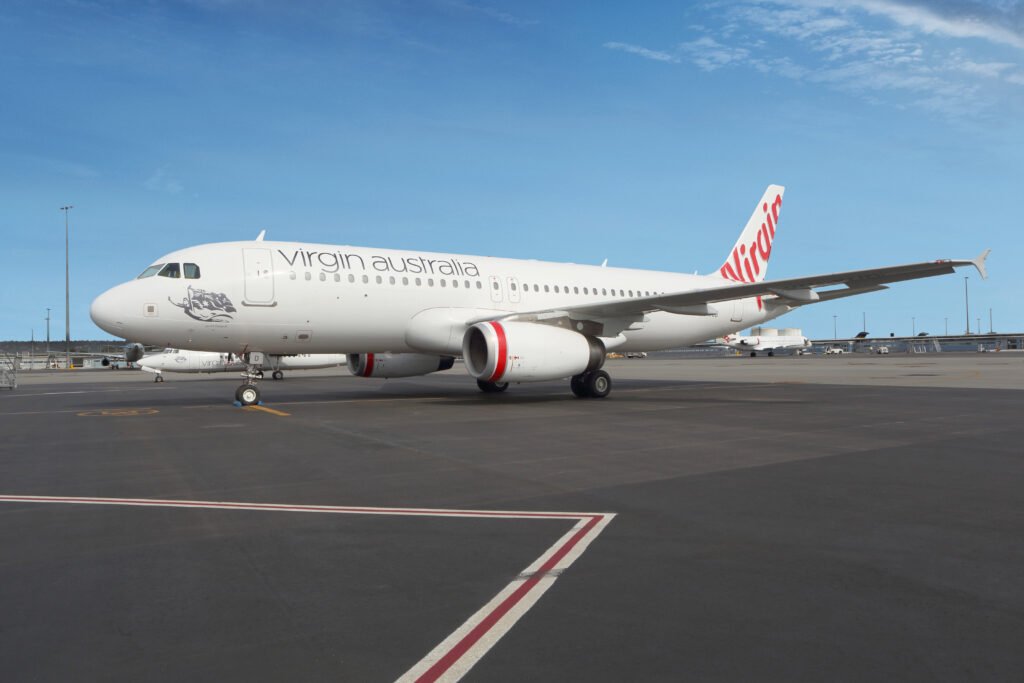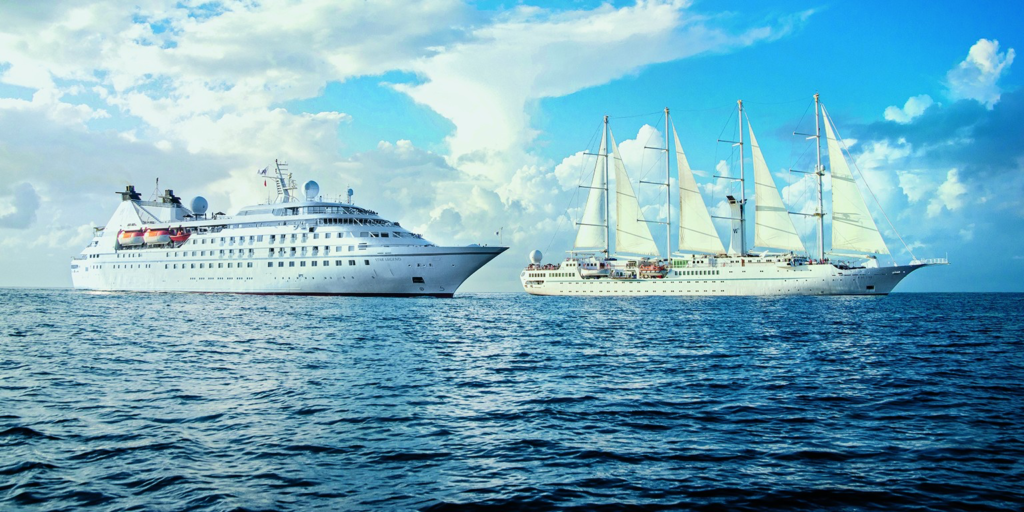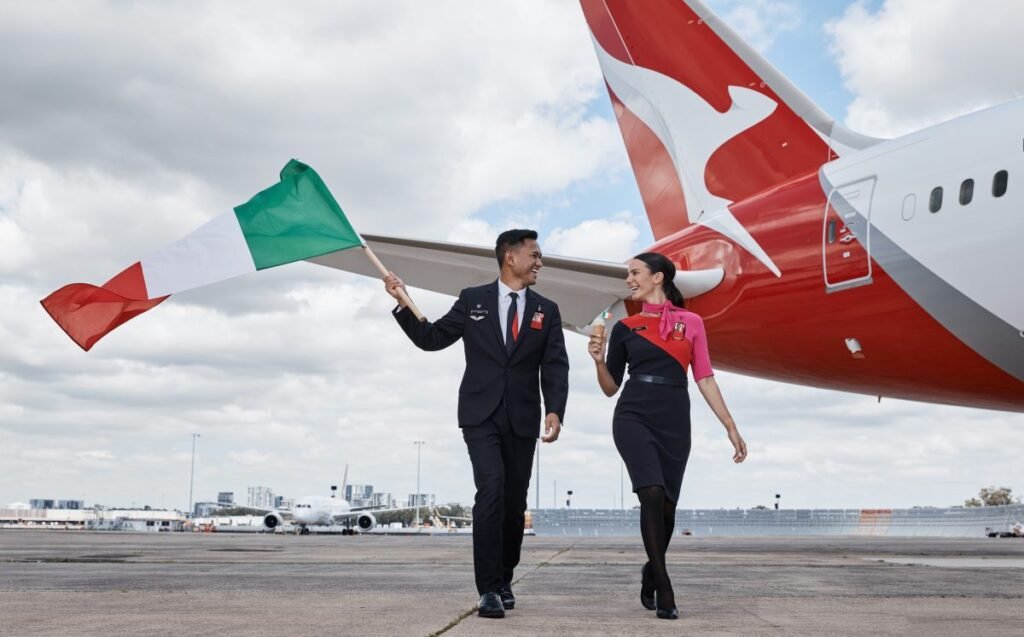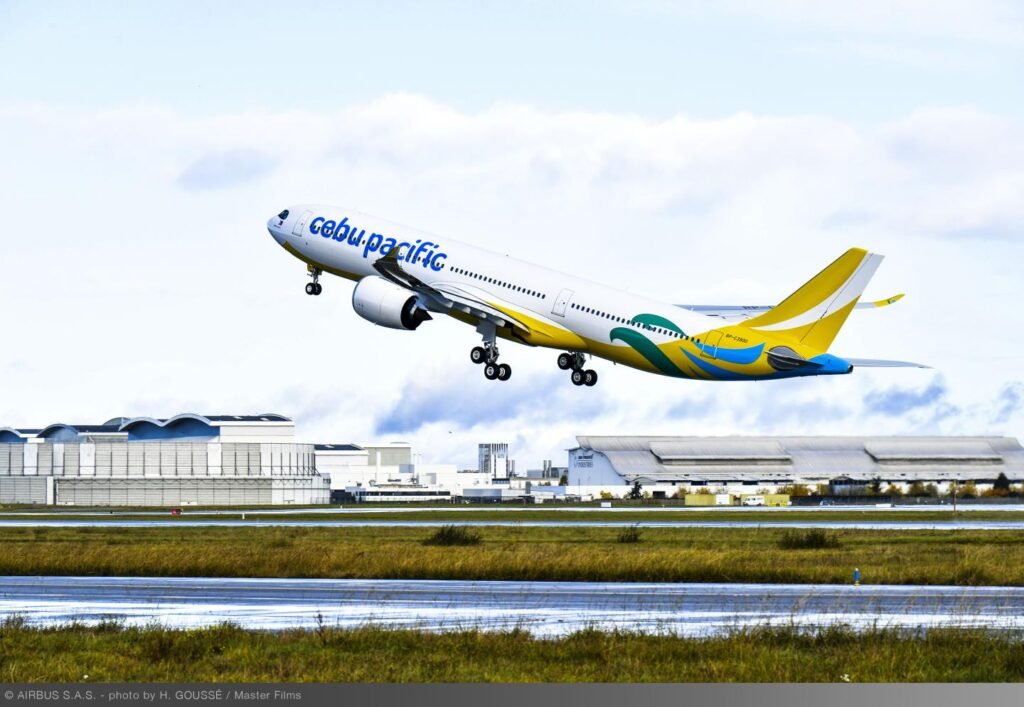Boeing Teams with Canadian Industry to Offer P-8A Poseidon
Ottawa, Ontario, June 1, 2022 – Boeing [NYSE: BA] and several Canadian industry partners announced today their intent to collaborate to provide the capability and sustainability of the proven P-8A Poseidon for the Canadian Multi-Mission Aircraft…
